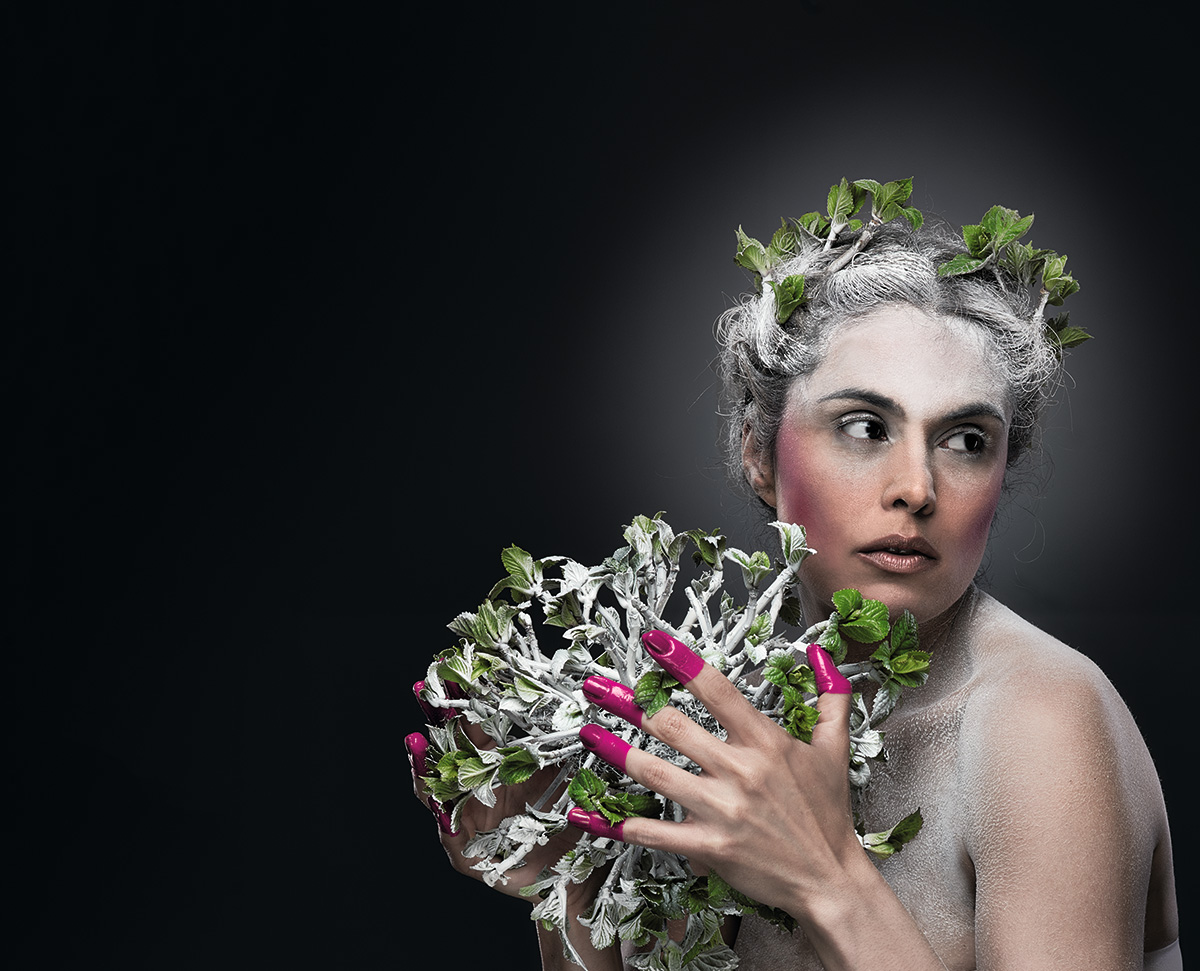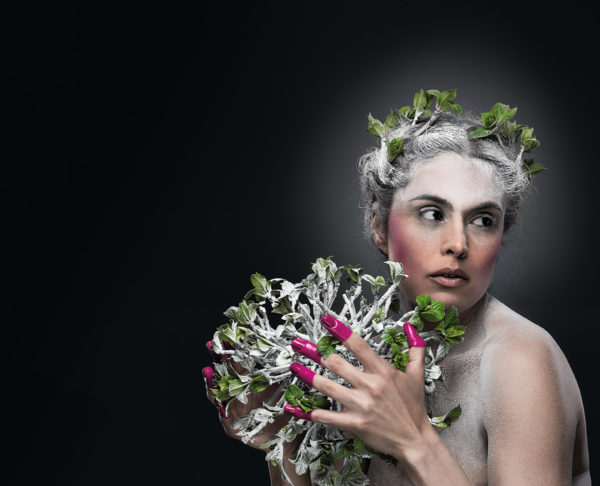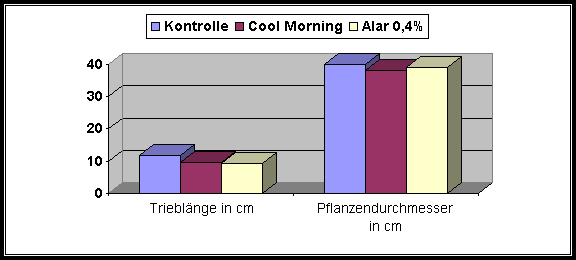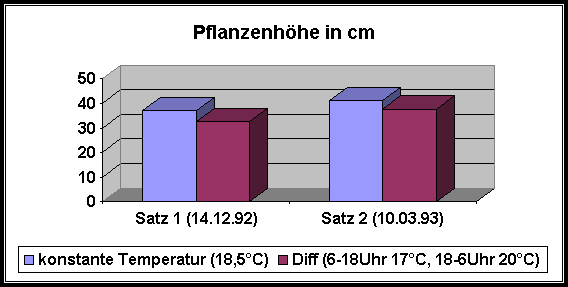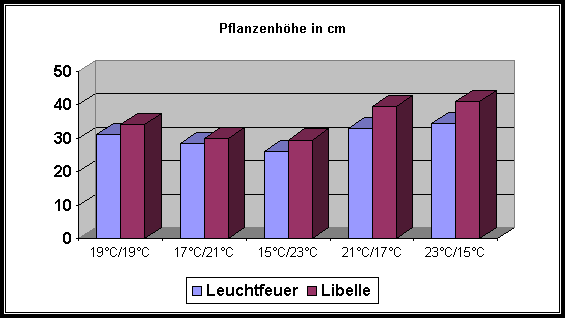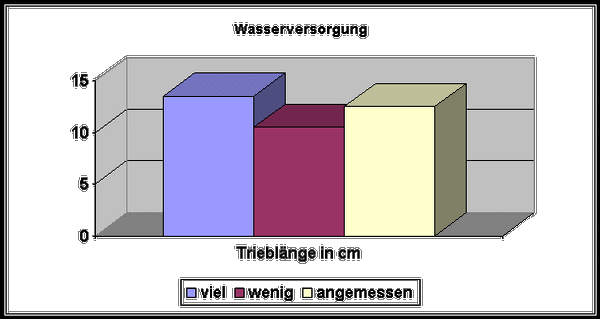Professional tips from the producer
Ornamental horticulture
The optimum temperature is 19°C. To reduce length growth, a day temperature of 18°C and a night temperature of 20°C is recommended. At the end of cultivation, it is advantageous to lower the temperature by 2 to 3°C. This leads to better colouring and a more stable structure.
Additional light is an advantage for the early sets. However, light should not be provided for more than 16 hours per day (at least 8 hours of darkness). The optimum is 14 hours with a daylight sum of 60 klxh, which will shorten the cultivation time accordingly for at least the first 30 to 40 days of cultivation.
CO² fumigation can shorten the cultivation time by a further 8% (on average). An optimum concentration is 900-1100 ppm during the light hours. Fumigation is not necessary at night as it has no effect.
At the start of cultivation, it is important to get N into the plant, as it has almost no N left in the substrate due to overwintering. It is important to ensure a high proportion of nitrate, as this is directly available to the plant. It is recommended to fertilise in a balanced or N-K emphasised way. With the blue varieties, it is important to ensure that fertilisers low in phosphorus are used, as phosphorus has a negative effect on the availability of AL sulphate.
We also recommend fertilising with iron at the start of cultivation, as early hydrangeas in particular can very quickly suffer from iron deficiency.
The average pH value of blue hydrangeas is 4.2 and we therefore recommend a one-off fertilisation with AL sulphate of 1.5% (15g/L water) within the first 3 to 4 weeks. (Please only use AL sulphate concentrations, not potassium alum).
Please spray the hydrangeas once against botrytis immediately after forcing, as early forcing can lead to rotting when the plants are new in the sap. Furthermore, treatment against snails is particularly beneficial for white hydrangeas.
In addition to Alar, Desmel has also proved effective as a good inhibitor in recent years, but it is important to pay attention to the concentrations. In hydrangeas, Desmel is authorised against leaf spot, which is very important due to the new PS law. Concentrations of 0.02 to 0.03% can be used to regulate length growth without any problems. The frequency and possible increase in concentration depends very much on the crop and climate management and the weather. We therefore recommend a slow approach to higher concentrations. Furthermore, you should stop using Desmel shortly before the petals are visible, as it can lead to flower discolouration.
We hope this has given you a good start to the hydrangea season. If you have any further questions on the above or other topics, please do not hesitate to contact us. Please understand that these are only recommendations and that we cannot accept any liability in the event of damage.
Length growth can of course also be restricted using cultivation techniques. Andreas Pellens has written his master’s thesis on this subject. Read the “Professional tips from the grower” further down on this page.
Tree nursery
To produce compact and stable plants, it is advisable to open the vents as much as possible. The cooler the hydrangeas are cultivated, the more stable the structure and the more intense the colouring. However, frost must be prevented.
The ventilation temperature should be adjusted to the average night-time temperature. The maximum difference should not exceed approx. 5-8°C. This means that if the average night-time temperature is around 5°C, the ventilation should be opened during the day from 10-12°C at the latest. If the difference is too high, we will unnecessarily promote length growth and the hydrangeas will become softer in structure.
It is also important to ensure that unnecessary moisture is ventilated out. If the vents remain closed during a cold period, it is advisable to ventilate them 1 to 2 times a day if the humidity is high, as otherwise the plants will also grow soft and long.
The substrate should have a coarse structure and be very air-permeable. All major substrate suppliers have ready-made hydrangea mixes, we recommend using these. It is best to ask one of our sales representatives directly, who also offer substrates and know the requirements for a hydrangea substrate.
The substrate should be fertilised with approx. 3.0kg/m³ Osmocote Exact Standard (15-9-12-2.5Mg) 5-6M and 200g/m³ Micromax (trace elements).
For blue hydrangeas, the pH value should be adjusted to approx. 4.5-4.8 and possibly 1kg/m³ Al sulphate should be mixed in or the hydrangeas should be dipped in an Al sulphate solution before potting.
AL sulphate must not be used for red, pink and white hydrangeas and the pH value should be adjusted to 5.5.
Top-up fertilisation should only be carried out in consultation with an ICL consultant, as water quality can also play a major role.
If the technical equipment allows the hydrangeas to be fertilised with liquid fertiliser using Dosatron or EC-controlled fertilisation, we recommend fertilising at the start of cultivation (after rooting in the container) with Universol white (15-0-19-2Mg) approx. 1-2 times per week with 1.0g/l as required. Universol white can also be replaced by Universol orange (16-5-25-3.4Mg) after every 2-3 fertilisations.
It is recommended to dissolve 200g of Tenso Iron (Yara) in the stock solution for every 25kg of Universol to ensure the iron supply and maintain a strong foliage colour.
If you do not have the technical equipment, we recommend topping up with Osmoform (19-5-13-2Mg), approx. 1.5-2.0g/l, as a top-up fertiliser (after rooting in the container).
If necessary, foliar fertilisation can also be used. In this case, we recommend spraying with Peters Professional Foliar Feed (27-15-12) in several applications of 1.0g/l at the start of the crop. At the end of the crop you should then switch to Peters Professional Combi-Sol (6-18-36-3 +SpE).
This year, the PH value of the blue hydrangeas is 4.2, so we recommend a one-off fertilisation with AL sulphate of 1.5% (15g/L water) before potting the hydrangeas (please only use AL sulphate concentrations, not potassium alum!). It is also possible to dip the hydrangeas in a stock solution before potting, just make sure that the foliage and buds are rinsed off with clear water.
Normally, no plant protection is required for hydrangea forcing. Only aphids and botrytis can be a problem. Pirimor granules are quite well tolerated against aphids and Switch and Teldor have proved effective against botrytis. However, compatibility must be tested individually, as the plant’s stage of development is decisive.
This recommendation has been developed in co-operation with ICL. If you have any questions about substrate fertilisation and top dressing, please contact your responsible ICL consultant.
We hope this has given you a good start to the hydrangea season. If you have any further questions on the above or other topics, please do not hesitate to contact us. Please understand that these are only recommendations and that we cannot accept any liability in the event of damage or any legal consequences.
To prevent the hydrangeas from growing too long, you can also top dress them up to once a week with Alar (0.1-0.4%) or Desmel/Tilt (0.02 ? 0.03%). The frequency and possible increase in concentration depends very much on the crop and climate management and the weather. We therefore recommend a slow approach to higher concentrations. Furthermore, you should stop using Desmel/Tilt shortly before the petals are visible, as it can lead to flower discolouration.
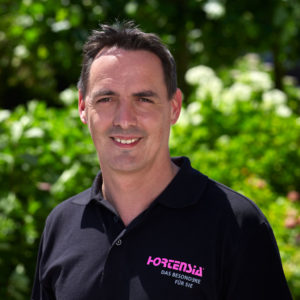
Managing director and master gardener Andreas Pellens
Inhibiting length growth also works with special cultivation techniques. Read more about this in our professional tips for growers.
Inhibition of length growth
The possibility of using cultivation techniques to regulate the growth of hydrangeas is often a question of economic efficiency and the question must be asked whether the success achieved is in relation to the labour required. Unfortunately, this was often not the case with most variants. However, in view of the customer’s desire for greater environmental protection, these options should not be ignored.
The following measures have been used in the past to reduce length growth. We will explain to what extent they are practical and can be used.
